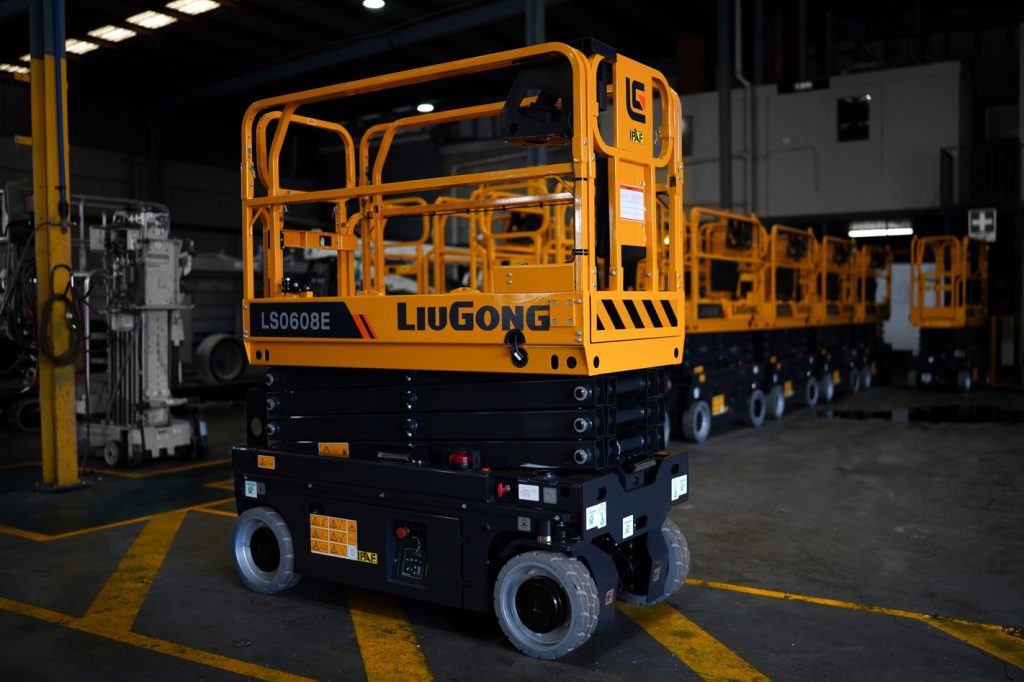Learn how scissor lifts and boom lifts became essential for safety and productivity, and why Access Service Australia & New Zealand are your trusted partner for sales, service, and compliance.
The Origins of EWPs
Elevating Work Platforms (EWPs) have come a long way since the very first “cherry picker” was invented in 1944 by Jay Eitel.
Initially designed to make fruit picking more efficient, this breakthrough quickly proved its worth in construction, utilities, and maintenance.
From there, the modern scissor lift and boom lift were developed, shaping an industry that now powers worksites worldwide.
The Introduction into Australia
EWPs began arriving in Australia and New Zealand in the late 1960s, transforming how elevated work was performed.
Global manufacturers such as JLG, Genie, Snorkel, and Haulotte introduced their designs, while local Access Service companies provided the maintenance, training, and compliance support to keep them safe and effective.
This was the beginning of a new era of productivity and safety across construction and maintenance industries.
Why EWPs Became Essential
Today, EWPs are no longer optional—they’re essential. Here’s why businesses choose scissor lifts and boom lifts over traditional access equipment:
- Safety First – fall prevention with guardrails and harness points.
- Speed & Efficiency – faster set-up and repositioning than scaffolds.
- Versatility – from warehouses to construction sites, EWPs suit every environment.
EWPs vs. Ladders and Scaffolds
When comparing EWPs, ladders, and scaffolds, the difference is clear:
- Ladders are unstable, limited in height, and unsafe for prolonged use.
- Scaffolds take time to erect and dismantle, eating into productivity.
- EWPs provide a faster, safer, and more cost-effective solution—making them the preferred choice for modern construction, maintenance, and facility management.
The Different Types of EWPs
Whether you’re looking to buy, hire, or service an EWP, it’s important to know the main types:
- Scissor Lifts – vertical elevation for construction and facility tasks.
- Boom Lifts (articulating and telescopic) – reach over obstacles with ease.
- Trailer-Mounted EWPs – portable and cost-effective.
- Vertical Lifts – compact, ideal for indoor maintenance.
- Telehandlers with Platforms – multipurpose site equipment.
Safety, Compliance & Licensing
EWPs are classed as high-risk plant, meaning compliance is not optional. In Australia and New Zealand:
- Operators must hold a valid High Risk Work Licence (WP class) or Yellow Card (EWPA) for below 11 meters.
- Machines must be inspected daily, serviced regularly, and undergo major inspections in line with AS2550.10 standards.
- Partnering with a trusted Access Service provider ensures your equipment stays safe, compliant, and ready for work.
Why Maintenance is Critical
Purchasing an EWP is only the first step. Without scheduled maintenance and inspections, even the best scissor lift or boom lift can become unsafe. Regular servicing extends machine life, protects operators, and ensures your business remains compliant with workplace health and safety obligations.
Conclusion – Your Trusted EWP Partner
At Access Service Australia and New Zealand, we are more than just a supplier of EWPs, scissor lifts, and boom lifts for sale.
We are a dedicated service company providing inspections, repairs, and compliance support to keep your equipment reliable and safe.
Call Access Service today on 1300 272 111 for expert advice, sales, and support.With branches in Brisbane, Sydney, Melbourne, and Auckland, we’re here to help your business reach new heights—safely.

